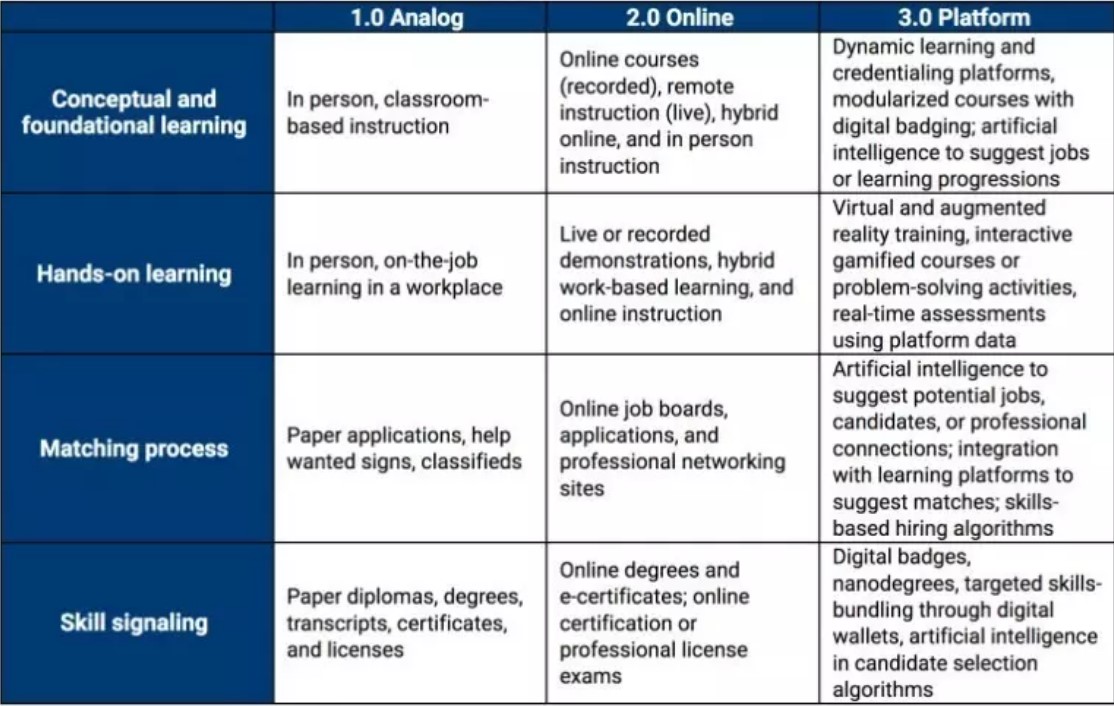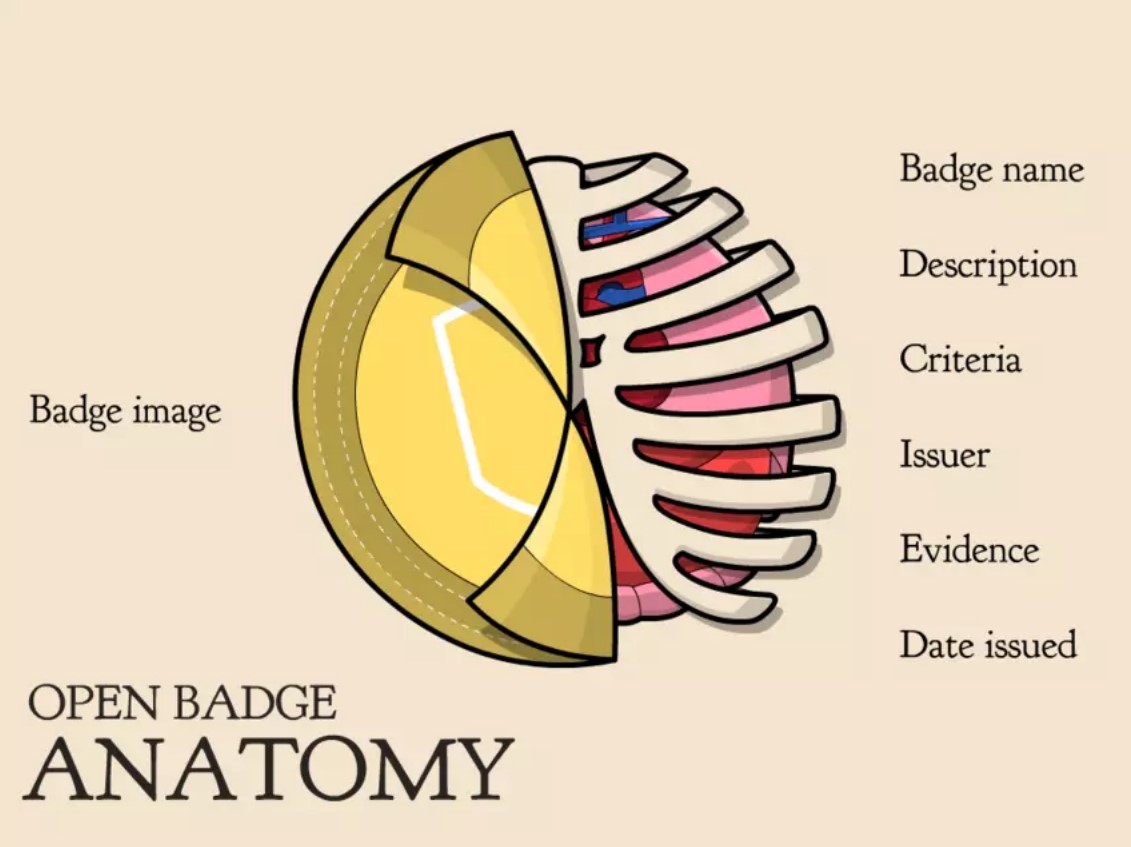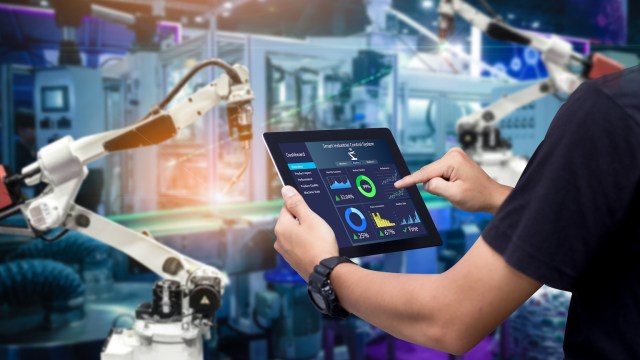Micro-credentials may be the future of education

Learners now have a powerful new tool in building and proving their skills – micro-credentials.
So what they are and why do they matter?
Also known as digital badges, micro-credentials are collected through apps, websites or data systems. They typically demonstrate learning that is shorter and more specialized than a traditional diploma, degree or certificate, explains Brookings, a policy research group.
The settings where you can earn micro-credentials might also be different – for example, work or community settings rather than inside an academic institution.
“A learner might collect badges for volunteering in a food bank, completing an online course or taking a workshop on coding,” explains the Metaliteracy Learning Collaborative in its YouTube video on digital badges.
Other types of digital credential, according to Brookings, can include “nanodegrees” – which involve learning specific skills to get a job – and competency based learning that demonstrates hands-on knowledge and skills.

How do micro-credentials work?
A digital credential is a piece of data that carries information about a learning achievement someone has earned. This might include the training provider, a description of the learning, when the credential was issued and who received it, explains the University of British Columbia in Vancouver, Canada. Learners can use these digital badges to easily share and verify their learning. For example, through social media, an e-portfolio or a CV.
The Metaliteracy Learning Collaborative describes the concept of a “badge backpack” where learners collect these micro-credentials. In other words, these digital badges will always be connected to you, and you can carry them with you on your journey through lifelong learning.
Brookings says the beauty of micro-credentials is their “potential reach to individuals of all ages, education levels, socioeconomic and racial/ethnic groups, and industry backgrounds”.
They’re also good in a skills crisis – because learners can boost their skills in months rather than years.

The pros and cons of micro-credentials
A key benefit of micro-credentials is that learners can use them to “stack” new modules and skills on top of previous education and training, Brookings adds.
They can be more affordable and flexible than traditional higher education courses. Learners can also study and build up digital badges in their own time.
Micro-credentials might also create new obstacles to learning and equality, Brookings warns. One potential challenge to overcome is ensuring governments recognize these digital badges as steps on a learning path that might lead to the equivalent of a degree. This is needed before learners can transfer their micro-credentials between institutions without having to repeat coursework.
In a world where most workers don’t hold a higher education degree, micro-credentials are critical to the future world of work, Brookings adds.
Future world of work
In its Future of Jobs 2020 Report, the World Economic Forum finds that COVID-19 has accelerated the arrival of the future of work, especially automation and the adoption of new technologies.
Employers expect around four in 10 workers will need reskilling of six months or less, it finds. And more than 90% of companies expect employees to pick up new skills on the job, a big jump from 65% in 2018.
At its 50th Annual Meeting in January 2020, the Forum launched the Reskilling Revolution, an initiative to provide one billion people with better education, skills and jobs by 2030.
It leverages existing coalitions and business-led initiatives to drive change to education and training systems.
This includes the Forum’s Education 4.0 initiative – which identifies and proposes reforms to primary and secondary education – and a network of Country Accelerators to drive reskilling and upskilling.
Republished with permission of the World Economic Forum. Read the original article.





